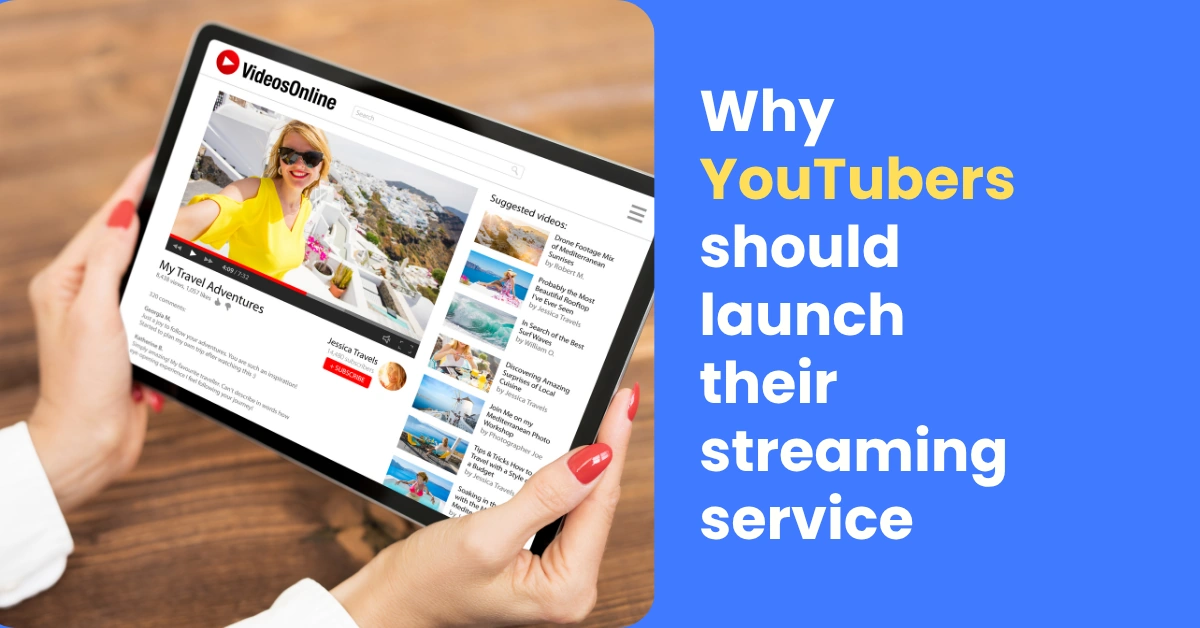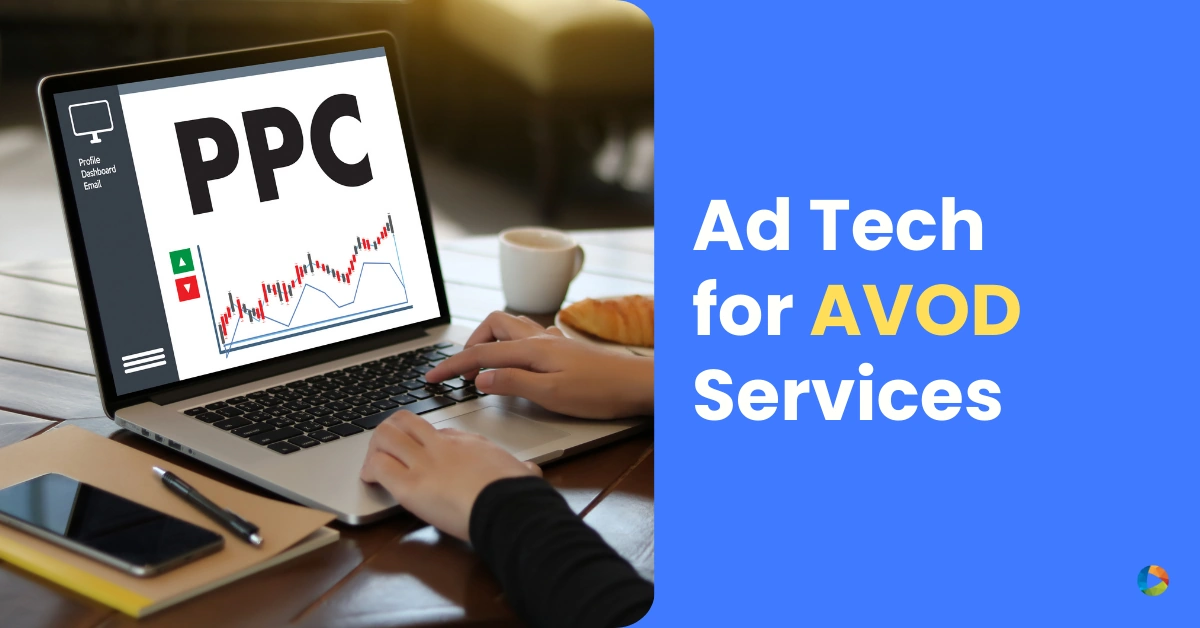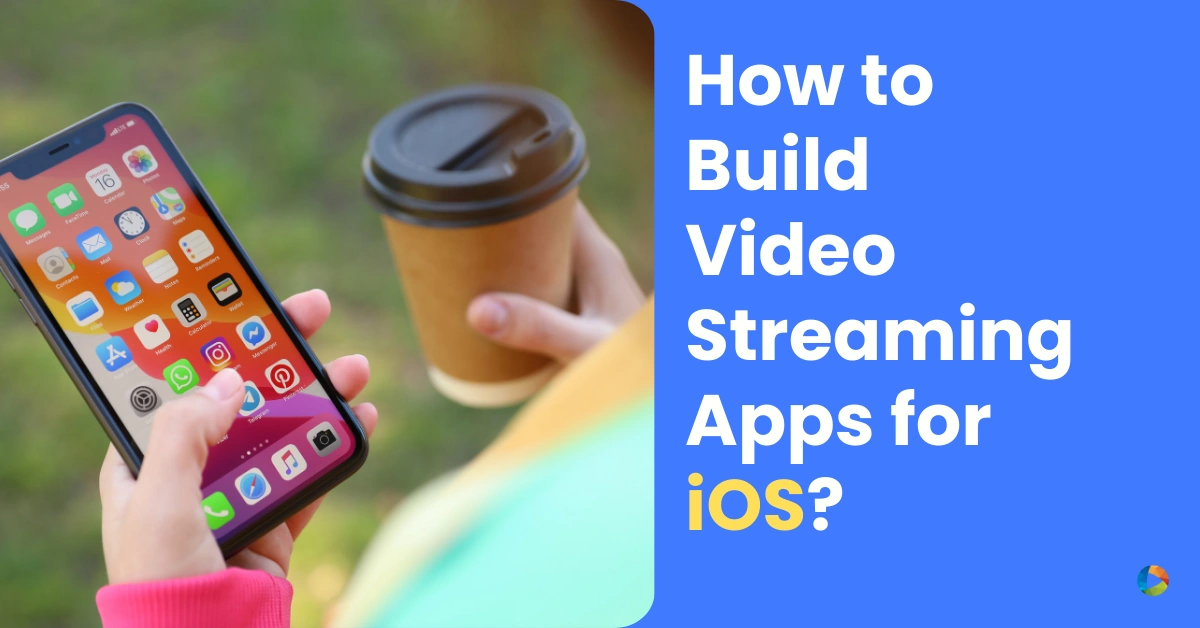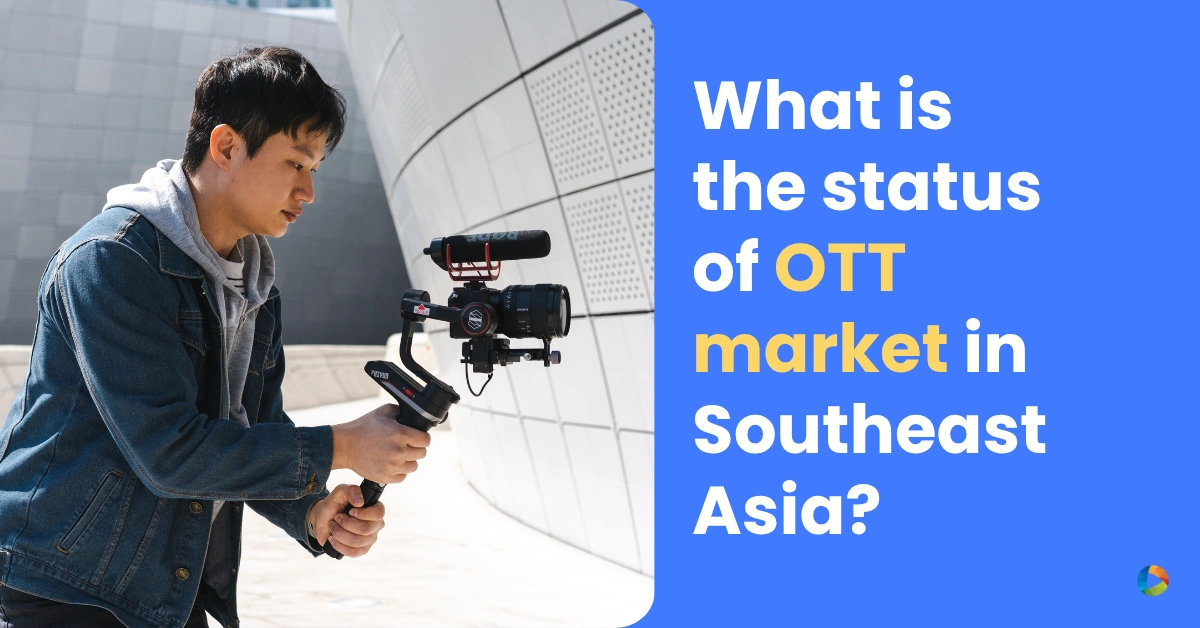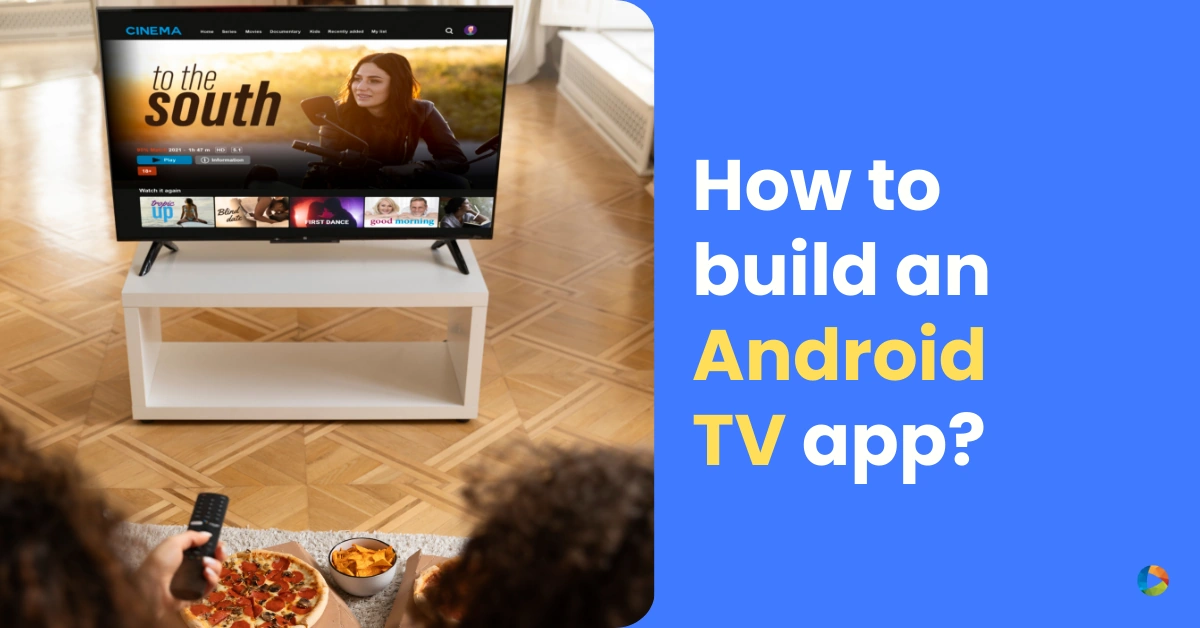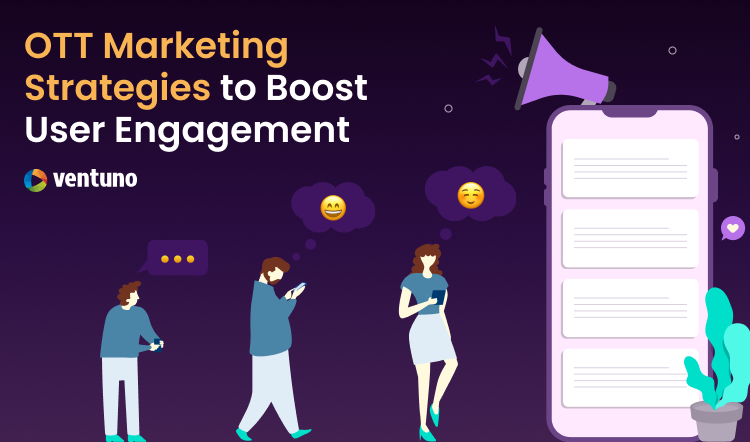5 reasons why YouTubers should launch their own video streaming service
Last Updated on June 2, 2025 by Anjana Devi
YouTube is a great platform to build an audience and make money. We all have heard of YouTubers starting from scratch and making millions in revenue.
But is YouTube the only place to monetize your videos? The answer is no.
Lots of content creators have started realizing that there are other ways to additionally monetize their videos and diversify their revenue streams. Many of them are launching their video streaming service to expand their reach and revenue outside YouTube.
Don’t get me wrong. I am not asking you to abandon your YouTube channel and concentrate only on your streaming service. Your video streaming service, which helps you build a direct relationship with your fans, is an additional way to monetize your videos on top of your existing YouTube revenue.
Table of Contents:
Build a direct relationship with fans
Be present where your users are
1. More ways to make money
Monetization on YouTube is straightforward. YouTube runs ads on your videos and shares 55% of the revenue with you every month.
But, there are a few issues with this model:
- You are making money mainly through ads (no diversification)
- The revenue is unpredictable
- You are dependent on YouTube to bring ads
Launching your video streaming service is a good way to increase your monetization avenues. You have complete control over your revenue and keep 100% of it.
You can monetize your streaming service in many ways – charging your subscribers, running ads and selling merchandise.
Let’s take a look at these options one by one.
Charging subscribers
There are 2 ways you can charge your subscribers – charging a one-time fee (TVOD) or a recurring fee (SVOD).
Your users will have lifetime access to your videos when you sell them videos for a one-time fee.
Hema Subramanian, a YouTuber with 1M subscribers, has created online cooking courses with the help of Ventuno OTT. Check out the class website built on Ventuno’s template here.
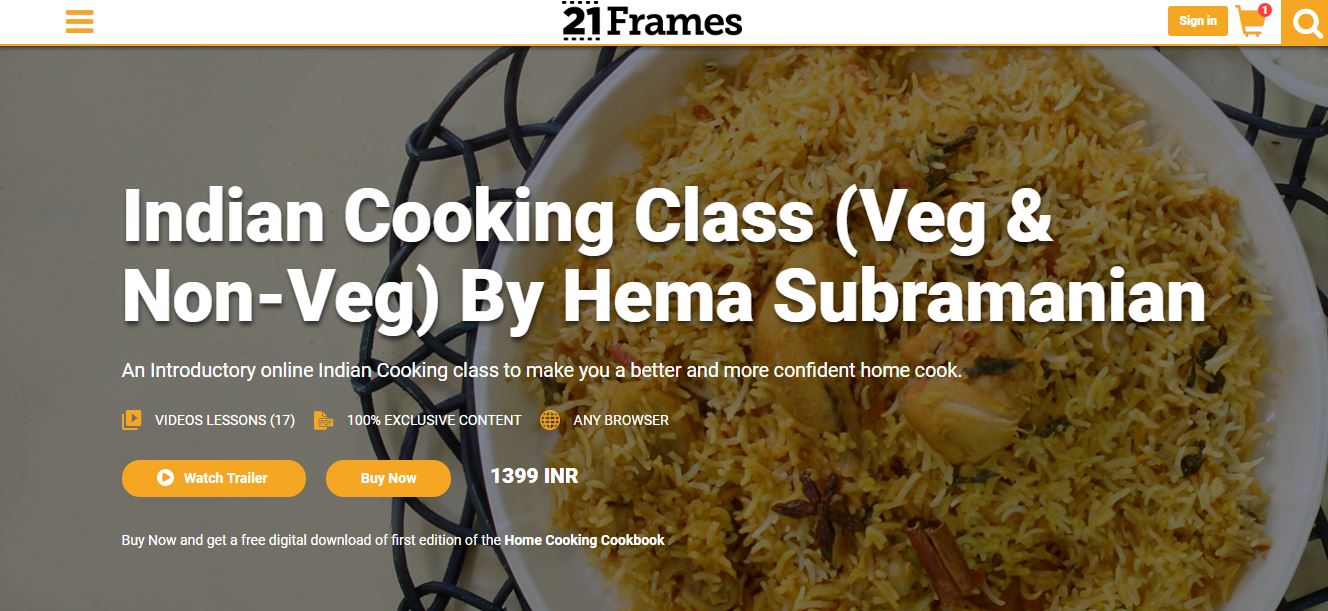
Charging a recurring fee is a great option for YouTubers who are able to provide exclusive content to their fans regularly. It’s best to release this content on your streaming service first to engage and monetize with your hard-core fans.
You don’t need a huge subscriber base on YouTube to get meaningful revenue from subscriptions.
Let’s say you have 500K subscribers for your channel on YouTube and are able to get 2000 paying customers for your streaming service. Say one subscriber pays you $5/ month. This translates to a significant revenue of $10,000 every month. You can increase this revenue by consistently creating quality videos.
The best part is that this revenue is predictable and doesn’t fluctuate like ad-revenue.
Running Ads
Another way to make money from your video streaming service is to run your own ads (AVOD). To get started, you can get ad-tags from your Google AdSense and Facebook audience network accounts. You can even run ads from brands if you have a direct demand from them.
Since it is you who is bringing the ads, you don’t need to share any revenue and keep 100% of it (YouTube takes 45% revenue share).
Unlike YouTube, which only supports video and overlay ads, your video streaming service can be monetized with video, banner, overlay, native and interstitial ads. This essentially increases your revenue per video view.
Monetization on streaming services is going to be driven by ads. Ad spending on OTT TV is expected to increase to $2B in 2018. Connected TV apps, driven by Apple TV, Roku, Amazon Fire TV, and Android TV, will get higher eCPMs than Desktop and Mobile. This is the right time for you to launch your own streaming service and leverage the growing ad spend on these devices.
Selling merchandise
Many YouTubers have started selling merchandise(merch) to diversify their revenue streams.
You too can do the same with Ventuno OTT. In just a few clicks, you can set up your e-commerce section on your video streaming website/ apps and start selling merchandise.
Hema Subramanian has sold her cookbook to more than 6000 people. Her e-commerce section is powered by Ventuno OTT.

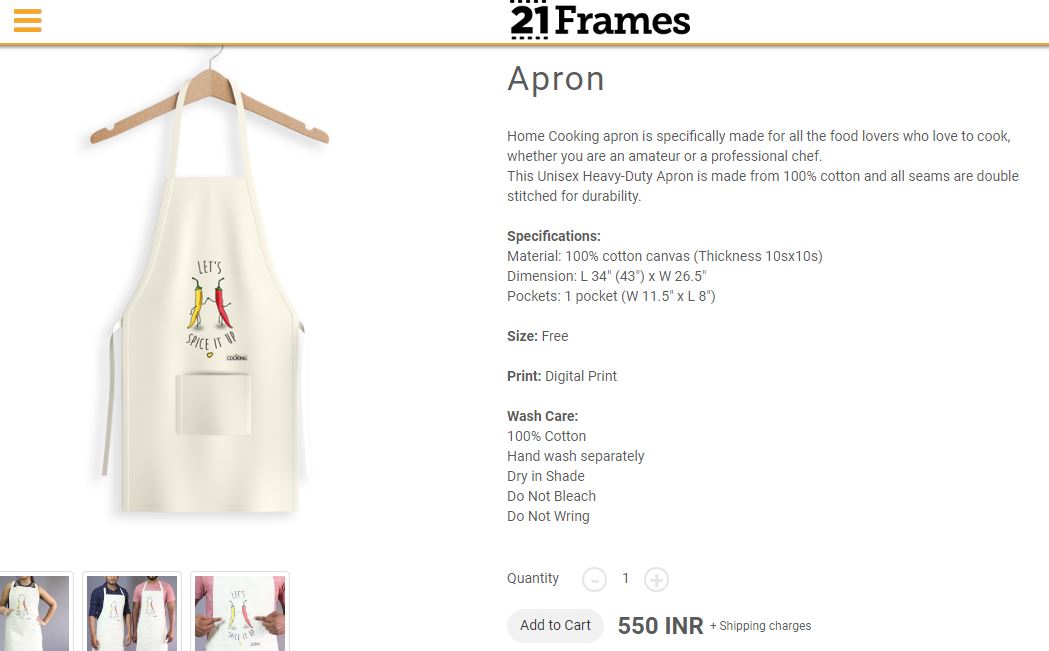
Interested in reading about the different monetization options in detail? Click here.
2. Reach more audience
How do you promote your YouTube channel? You don’t. YouTube takes care of it.
YouTube does a great job in identifying videos that are worth promoting.
But the downside is that you don’t have any control over promoting your channel.
However, with your video streaming service, you have complete control over how, when and where you want to promote it.
The easiest way to market your service is to reach out to your audience where they are already present. For YouTubers, that would mean their YouTube channel.
You can do a ‘shout out’ at the start and end of every video and ask users to go to your website and install your apps. You should link your website and apps in the description of every video and in the ‘about’ section of your channel. These are simple strategies but are very effective in getting the initial traffic.
Apart from leveraging your YouTube channel, you can also run ads to market your service. There are multiple options like Google, YouTube, Facebook, and Instagram where you can run targeted ads and acquire users.
3. Build a direct relationship with fans
One huge downside of being present only on social media platforms is that you don’t have a direct relationship with your fans.
By direct relationship, I mean you don’t have the data to understand user’s taste and recommend related videos. You don’t have their email addresses to send them newsletters.
These are the different ways you can build a direct relationship with fans with your video streaming service:
- Unlike YouTube, which recommends your competitor’s videos, your video streaming service would only recommend yours. On YouTube, you risk the chance of users viewing videos from other channels.
- Based on their consumption pattern, you can recommend content and associated products and services to users.
- You can send regular push notifications to users on your app to engage them better.
- Your users can discover your apps on each destination natively. For example, your Roku app will be listed on the Roku channel store. Roku is used by millions of users and many of these users will stumble upon your app while browsing the Roku channel store.
- You can collect emails from users on your website and apps and send newsletters.
4. Reduce your risk
Imagine this scenario. You work on your YouTube channel for years. Your videos are liked and shared by thousands of users every day. Heck, you even pay salaries to employees using the money earned on YouTube.
Then one day, suddenly, YouTube decides to stop promoting your content or worse, stops running ads on your content altogether because of a policy/ algorithm change. That means, your revenue stream just went kaput. Are you ready for such a situation?
With your own video streaming service, you reduce the risks as you have complete control over monetization and promotion. No third party can come in-between you and your audience.
This also gives you more freedom to talk about the things that might be flagged by YouTube as inappropriate.
5. Be present where your users are
5 years back, Desktop used to be the main traffic source for YouTube and other video streaming platforms. Now, Desktop traffic has reduced considerably and users are spending more time on mobile and connected TV devices.
These 2 charts capture this trend perfectly.
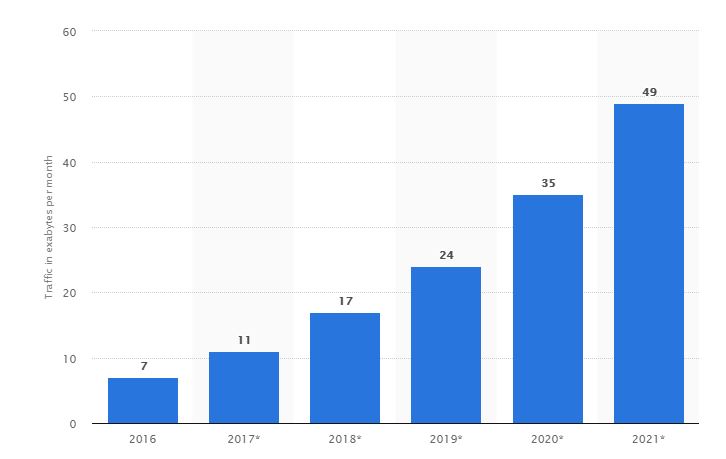
Global mobile data traffic from 2016 to 2021 (in exabytes per month) (Source – Statistica)
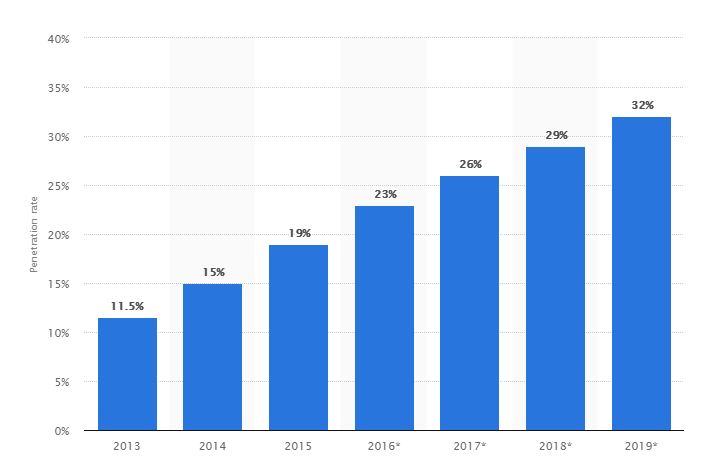
Smart TV household penetration rate worldwide from 2013 to 2019 ( Source – Statistica)
It makes sense for you to launch your video streaming apps and cater to the growing audience on mobile and connected TV devices. With Ventuno OTT, you can cater to your audience on all possible destinations – web, Android, iOS, Roku, Apple TV, Amazon FireTV and Android TV.
Conclusion
You have built a great fan base on YouTube and are making money there. Now you should identify additional ways of making money, expanding your audience-base and building a direct relationship with them. The best way to do it is by launching your video streaming service.
Here is a table that compares YouTube with your video streaming service.
| YouTube | Own video streaming service | |
| Monetization options | Ads | Ads, subscription, merchandise |
| Ad modes | Video, overlay | Video, overlay, banner, native, interstitial |
| Do you have control over your revenue? | No | Yes |
| Do you have control over marketing? | No | Yes |
| Can you interact with fans directly? (emails, push notifications) | No | Yes |
| Can you customize your branding? | No | Yes |
| Do you keep 100% of the revenue? | No | Yes |
What are your thoughts on launching your video streaming service? Do you think it will be beneficial for your video business?
What are your thoughts on this article? reach out to us at info@ventunotech.com if you would like to discuss!
Looking to launch your streaming app?

